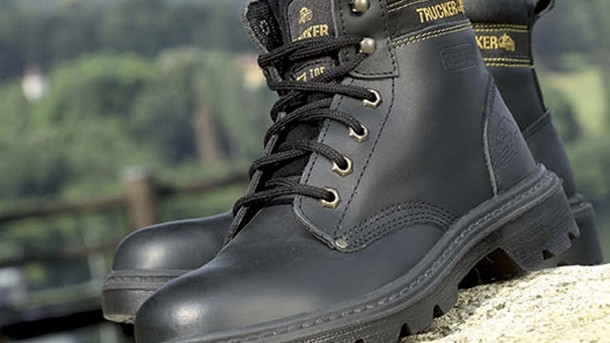Guide gives poorly-fitting safety footwear the boot

Supertouch now provides a range of footwear to meet the specific needs of different industrial sectors. The six-step guide is intended to ensure that safety shoes are not only fit for purpose, but fit the person they are meant for.
It might sound obvious, says the company, but before trying on a pair of safety boots, you should first make sure you have the right socks on – these should be the type you intend to wear on the job so that you can accurately assess the boots’ fit.
Keep moisture at bay
As well as long-lasting socks, it helps if they have ‘wicking fabrics’ that allow the foot to breathe and keep moisture at bay. Secondly, make sure you test the boots at the end of your day, as this tends to be when your feet are at their largest, due to swelling.
Step three is to ensure the shoe fits: before you lace up, push your feet forward and see if you can fit one finger behind your heel. This is a good indication that you have selected the correct size, as a shoe any smaller is likely to create circulation problems.
Once your boots are on and done up, start walking around, then try some knee raises, as well as hopping and squatting.
Hopping and squatting
Next, slowly roll onto the sides of your feet; your ankles should feel adequately supported by the boots at this angle. Be aware that the heel should never lift up out of the boot or rub against the back of the shoe.
Step five, take your feet out of the boots. Are there any red marks? If so, this highlights pressure points and hot spots, meaning the boots are not a good fit and are likely to cause painful problems in the future.
Lastly, once you have tried and tested the boots, Supertouch recommends lacing them in a ‘heel lock’ pattern.
This not only keeps your feet secure, holding your heel in place and ensuring your ankle is sufficiently supported, but also acts to remove the pressure from the front of your boot.
Contact Supertouch for more information.















